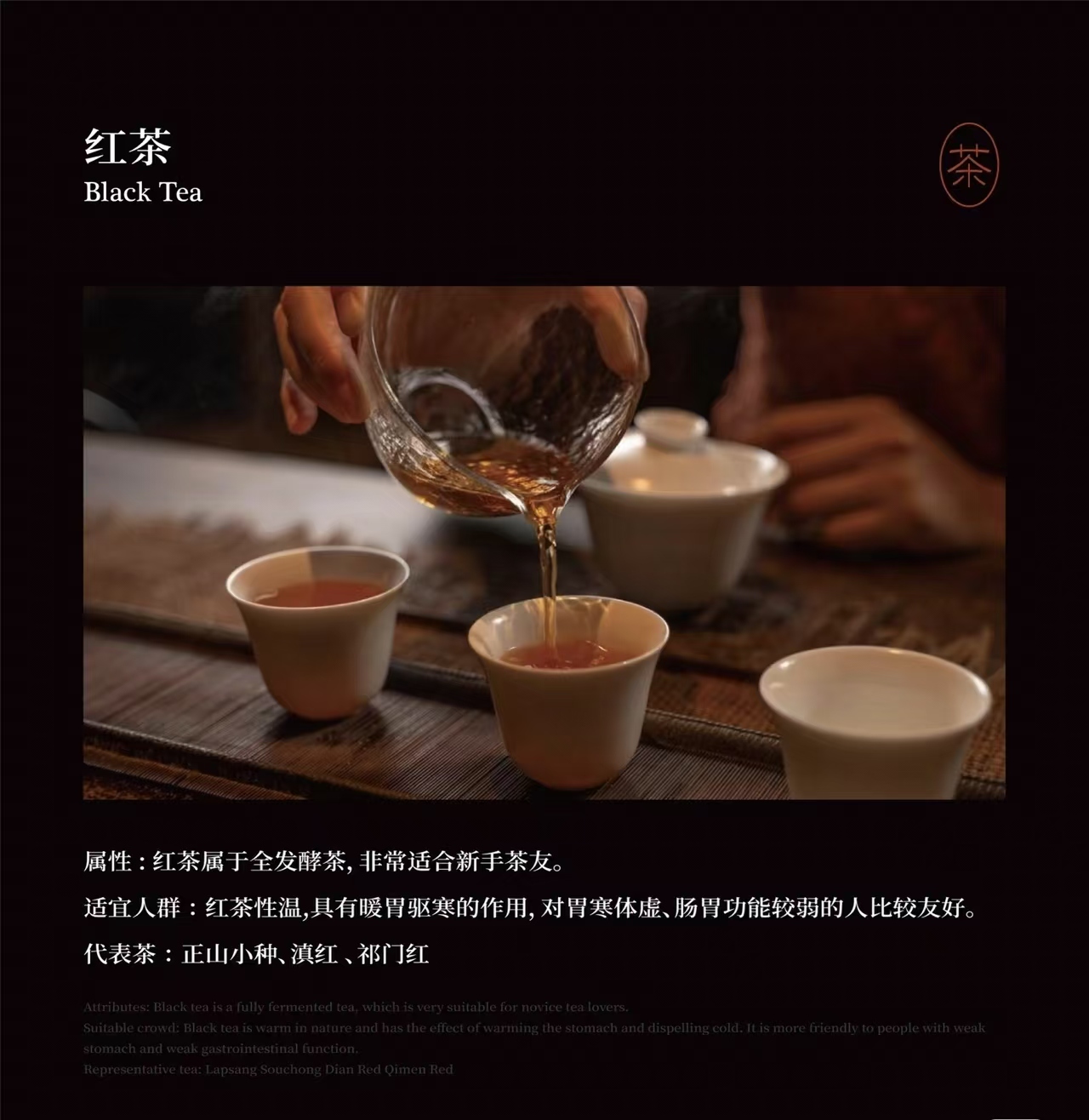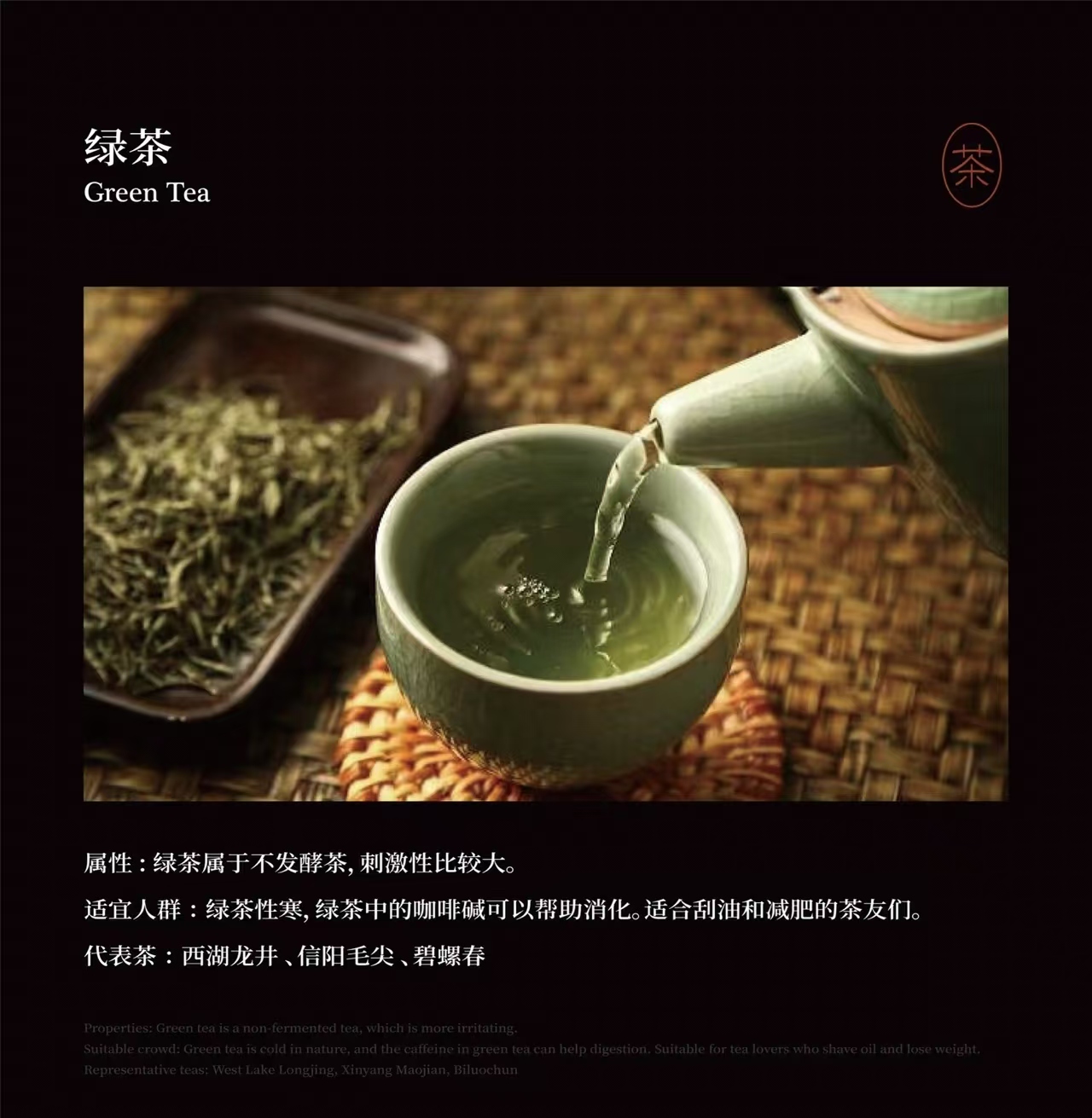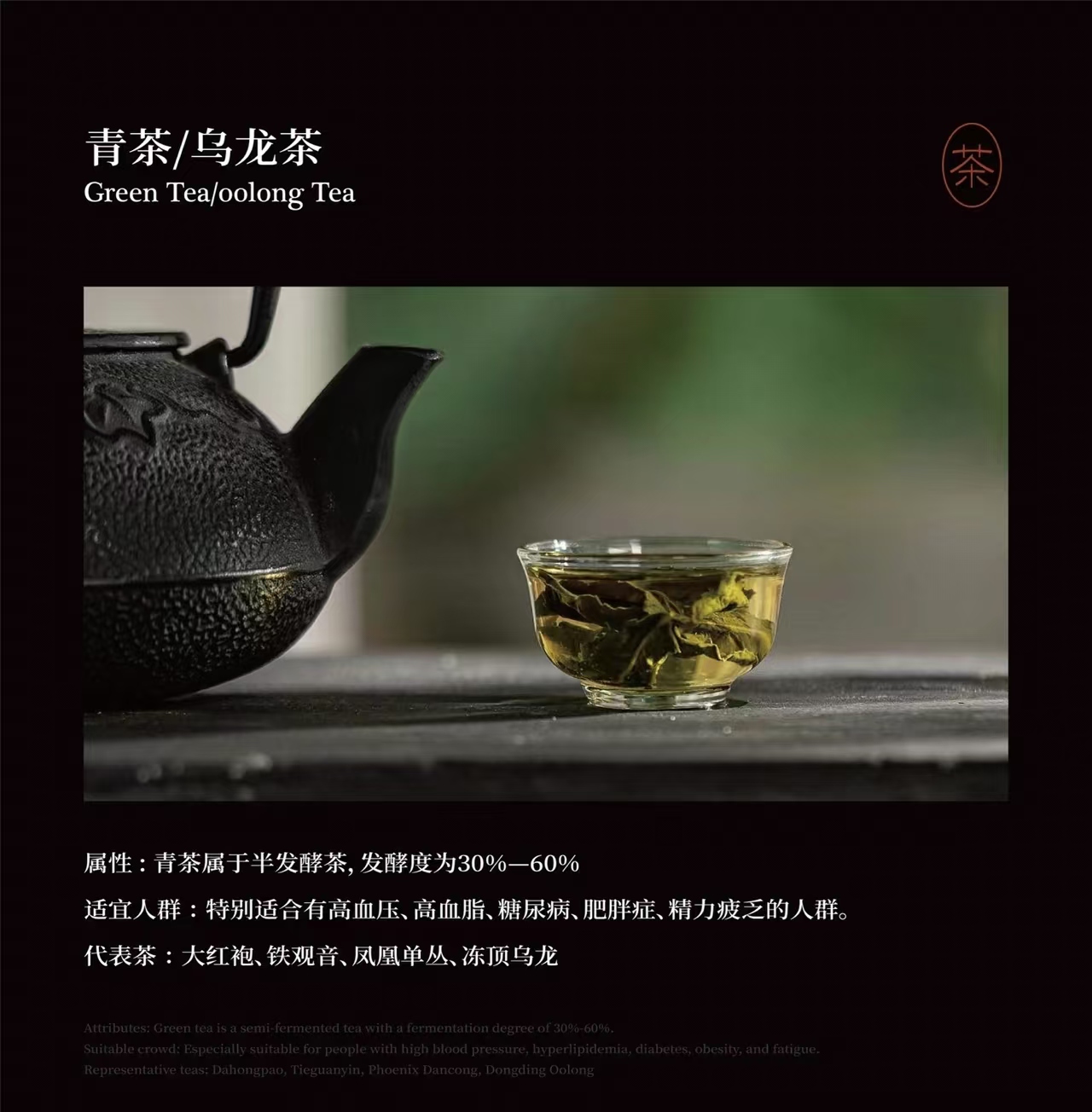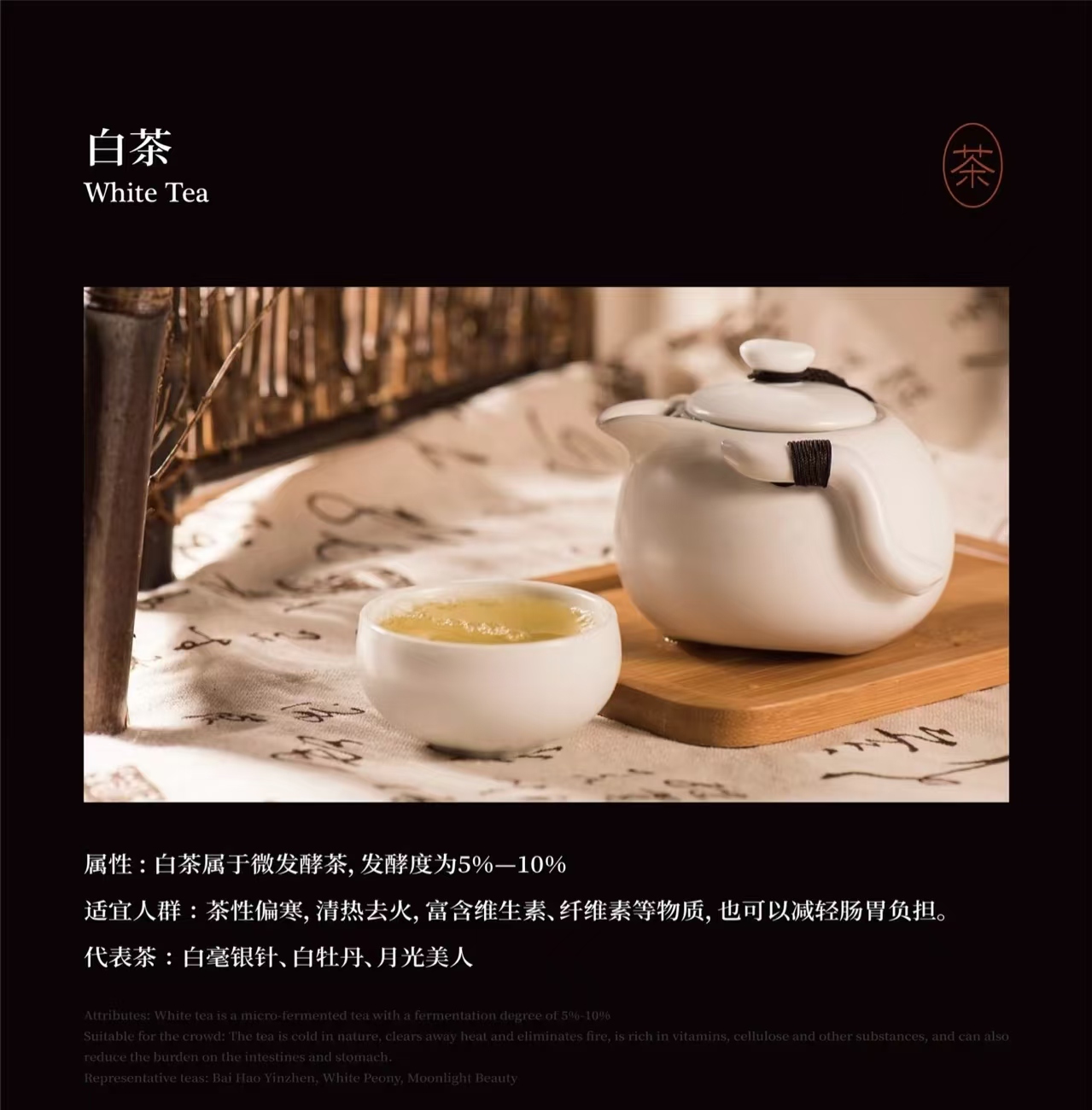Product categories
- All 21
- Black Tea 3
- Dark Tea 1
- Green Tea 2
- Oolong Tea 6
- Tea Set 5
- White Tea 2
- Yellow Tea 2
Filter By Price
Status

Need Help?
8/7
Anxi Tie Guan Yin Oolong Tea
$68.00 – $268.00Price range: $68.00 through $268.00 Select options This product has multiple variants. The options may be chosen on the product pageDa Hong Pao Tea – Premium Wuyi Rock Tea
$219.00 – $429.00Price range: $219.00 through $429.00 Select options This product has multiple variants. The options may be chosen on the product pageFenghuang Dan Cong Assorted Set
Mi Lan Xiang Dan Cong – Oolong Tea
Rougui Wuyi Rock Tea – Oolong Tea
Ya Shi Xiang Dancong Oolong Tea
$49.90 – $580.00Price range: $49.90 through $580.00 Select options This product has multiple variants. The options may be chosen on the product pageOur New Spice
Arrivals
Questions?
Speak with our team!
olong Tea: The Complex, Layered Treasure of Chinese Tea Tradition
If you’re a tea lover looking for something complex, aromatic, and layered in flavor, oolong tea deserves your attention. Known as the “chameleon of teas,” oolong (also called Qing Cha or “dark green tea” in Chinese) bridges the gap between green and black tea, offering a taste adventure that’s hard to beat. But what makes it so special? Let’s dive into the world of oolong—no jargon, just pure tea vibes!
What Exactly Is Oolong Tea?
Oolong is a semi-oxidized tea, meaning it’s neither fully raw like green tea nor fully fermented like black tea. Its oxidation level ranges from 10% to 85%, creating a spectrum of flavors from floral and grassy to toasty and fruity. The name “oolong” translates to “black dragon” in Chinese, inspired by the dark, twisted shape of the leaves.
But here’s a fun fact: Oolong is technically classified as “Qing Cha” (青茶) in China. The “Qing” here refers to its blue-green hue and highlights its partial fermentation process. Think of it as the middle child of the tea family—balanced, versatile, and full of surprises!
Why Is Oolong Tea So Fragrant? (Hint: It’s Not Artificial!)
One sip of oolong, and you’ll notice its intoxicating aroma—like orchids, honey, or even roasted nuts. But no, it’s not pumped with artificial flavors! The magic lies in the tea leaves themselves. Fresh tea leaves contain over 500 natural aromatic compounds. Crush a leaf between your fingers, wait a minute, and you’ll smell a burst of florals.
How do producers “unlock” these scents?
It’s all about the art of oxidation. During processing, oolong leaves undergo a unique withering, shaking, and air-drying cycle called zuo qing (做青). This bruises the leaves, letting enzymes interact with oxygen. The result? A chemical symphony that transforms grassy notes into complex fragrances.
Flavor Layers: What Makes Oolong So Unique?
Oolong’s taste profile isn’t random—it’s shaped by four key factors:
-
Varietal Flavor (品种香): Each tea plant has its own DNA! For example:
-
Phoenix Dancong (广东凤凰单丛) bursts with orchid or almond notes.
-
Wuyi Rock Tea (武夷岩茶) offers mineral, smoky vibes.
-
Tieguanyin (铁观音) serves creamy, buttery undertones.
-
-
Processing Style (工艺香): How the leaves are roasted or fermented. High-fire roasting adds caramelized depth, while light oxidation preserves fresh florals.
-
Terroir (地域香): Soil, altitude, and climate matter! Wuyi Mountain’s rocky terrain gives “rock rhyme” (yan yun), while Taiwan’s high mountains create fruity Ali Shan oolongs.
-
Harvest Season (季节香): Spring oolongs are delicate and floral; autumn harvests are richer and nuttier.
Types of Oolong: A Flavor Map
Oolong’s diversity is mind-blowing. Here’s how to navigate it:
By Region
-
Fujian North (闽北乌龙): Home to Wuyi Rock Tea (like Da Hong Pao, Shui Xian). Smoky, mineral, and robust.
-
Fujian South (闽南乌龙): Birthplace of Anxi Tieguanyin. Lightly oxidized, jade-green leaves with orchid notes.
-
Guangdong (广东乌龙): Famous for Phoenix Dancong, with intense floral and fruity profiles.
-
Taiwan (台湾乌龙): Think Alishan, Dong Ding, and honey-like Oriental Beauty (Bai Hao).
By Oxidation Level
-
Light (10–30%): Greenish leaves, floral aroma (e.g., pouchong, light Tieguanyin).
-
Medium (30–50%): Balanced, fruity notes (e.g., Phoenix Dancong).
-
Heavy (50–85%): Dark leaves, roasted flavors (e.g., Wuyi Da Hong Pao).
By Shape
-
Strip-style: Long, twisted leaves (common in Wuyi teas).
-
Ball-rolled: Semi-spherical (like Tieguanyin).
-
Baked Blocks: Rare, aged oolongs pressed into cakes.
How to Brew Oolong Like a Pro
Oolong thrives in Gongfu tea ceremonies—small pots, high heat, and quick steeps. Here’s a simple guide:
-
Use 7g of leaves for a 150ml teapot or gaiwan.
-
Heat water to 95–100°C (203–212°F). Boiling water extracts deeper flavors.
-
Rinse the leaves: Pour hot water over them and discard immediately.
-
Steep in short intervals: Start with 10 seconds, adding 5 seconds per brew. High-quality oolong can steep 6–8 times!
Pro tip: For ball-rolled oolongs (like Tieguanyin), let the first brew sit 20 seconds to “wake up” the leaves.
Why You’ll Love Oolong: Health & Happiness
Beyond flavor, oolong packs health perks:
-
Metabolism boost: Studies link oolong to fat-burning and weight management.
-
Antioxidant-rich: Fights free radicals with polyphenols.
-
Mindful relaxation: The ritual of brewing oolong is a stress-reliever!
FAQ: Quick Oolong Myths Busted
-
“Is oolong heavily caffeinated?”
It’s moderate—less than black tea, more than green. -
“Does darker oolong have more caffeine?”
Not necessarily. Oxidation affects flavor, not caffeine levels. -
“Can I drink oolong daily?”
Absolutely! It’s gentle on the stomach and versatile.
Ready to Explore? Top Oolongs to Try
-
Beginners: Tieguanyin (creamy, floral) or Alishan (fruity, smooth).
-
Adventurers: Wuyi Da Hong Pao (smoky, bold) or Oriental Beauty (honey-sweet).
-
Connoisseurs: Aged Phoenix Dancong (complex, layered).
Final Sip…
Oolong tea isn’t just a drink—it’s an experience. Whether you’re sipping a buttery Tieguanyin or a charcoal-roasted Da Hong Pao, each cup tells a story of tradition, terroir, and craftsmanship. So grab a gaiwan, brew slowly, and let those fragrant leaves whisk you away to misty mountains and sunlit tea fields. Cheers to your next cuppa! 🍵












